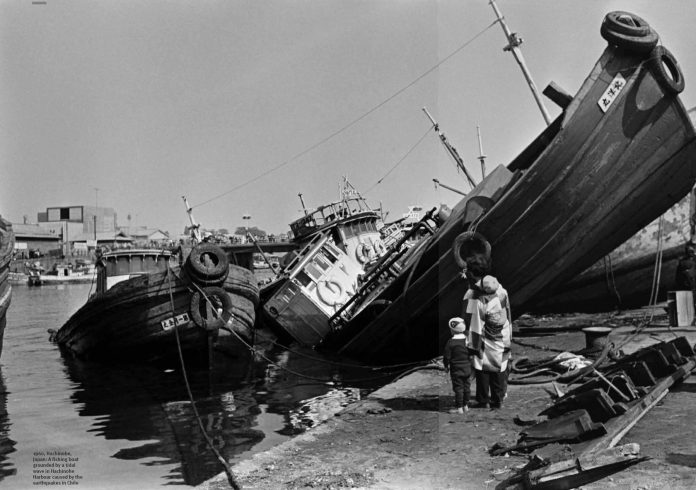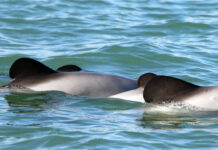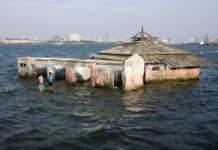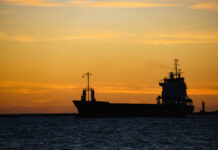
One countermeasure to mitigate disasters in tsunami-prone Japan is to monitor ocean waves far offshore. In a buoy equipped with GPS (Global Positioning System), antennas are fixed on top of a buoy that is floating at the sea surface, to continuously monitor changes in sea surface height. A simple filtering technique can then distinguish tsunamis from higher frequency wind waves or lower frequency changes due to astronomical tides.
Japan’s current wave-monitoring network is called the Nationwide Ocean Wave information network for Ports and Harbours (NOWPHAS). During the March 2011 Tohoku-Oki earthquake off northeast Japan, the Japan Meteorological Agency issued a tsunami alert within three minutes of the onset of earthquake, based on seismological data only. This alert indicated a wave height of more than six metres, which was a significant underestimation. However, after the NOWPHAS system detected the tsunami, the alert was revised to a height of more than 10 metres. The tsunami arrived at the coast several minutes after the revision of the alert.
Although the data from the wave-monitoring network were valuable, the lead time it provided was insufficient. The limitation arises because the system requires that a GPS base station is established on land and baseline analysis is used to determine the location of a GPS buoy relative to the land base station. This technique limits the distance of the GPS buoys to at most 20 kilometres from the coast, as the positioning accuracy degrades greatly at further distances.
To overcome this limitation, we have recently improved the system and introduced a new technology called Precise Point Positioning, which does not require a land base. The position of the GPS buoys can be estimated in a stand-alone manner with an accuracy of a few centimetres. Implementation of this new system will allow us to deploy GPS buoys at much farther distances, providing earlier and more-accurate alerts.
Check out the rest of this article in Asian Geographic No.109 Issue 1/2015 here or download a digital copy here










